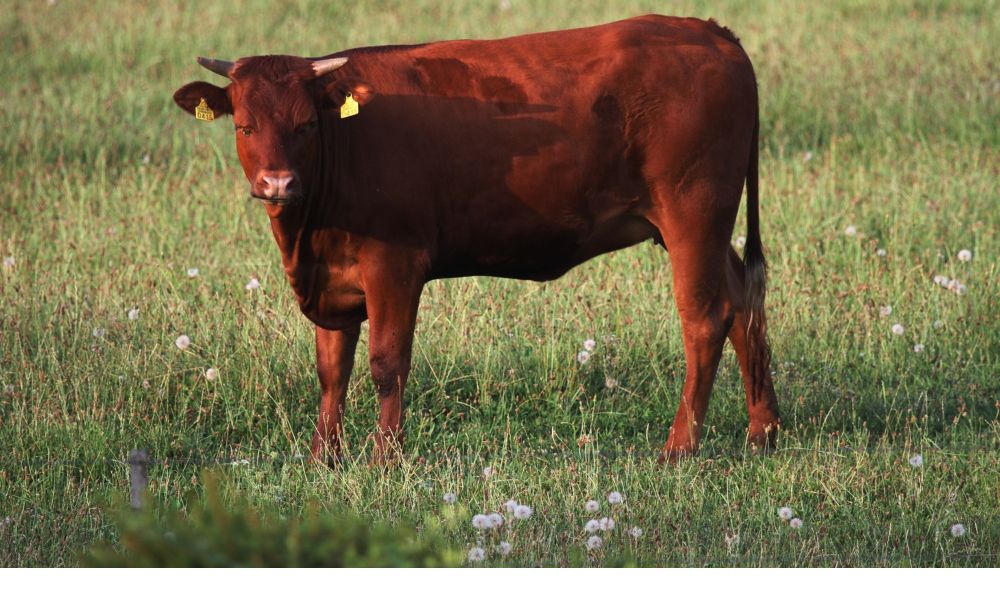You've seen it everywhere: beef tallow is the cooking fat of 2026. Whole Foods called it. Food media amplified it. Social feeds are full of golden-brown fries and nostalgic framing about ancestral ingredients.
It's a compelling narrative. But when we asked 100 digital twins of U.S. consumers how likely they are to actually cook with beef tallow in 2026, the specifics told a very different story.
The trend prediction
"From whipped to herb-infused varieties, beef tallow is making a comeback as a nourishing and nostalgic fat. Once a staple in traditional cooking and prized for its high smoke point and rich flavor, tallow is being rediscovered by consumers who value ancestral ingredients and are looking for oil alternatives. This old-school fat is having a moment on social media, though it's actually been used for centuries for frying and baking. Restaurants have also been trading in traditional oils for tallow to elevate everything from french fries to pastries. And for customers supporting 'nose to tail' use of the animal, these brands provide a usage for fat that is normally discarded."
Source: Whole Foods Market 2026 Food Trends
What consumers are actually planning
Spoiler: Tallow isn't replacing the olive oil bottle anytime soon.
See the full research report here
What we found: beef tallow will be an occasional specialty ingredient, not a pantry staple. The vast majority are unlikely to use tallow routinely in 2026. The barriers are practical and immediate:
The three big friction points:
Health concerns: Cholesterol, blood pressure, and statin users flagged saturated fat as a dealbreaker.
Sensory issues: "Lingering beefy odor" came up repeatedly. The smell sticks to kitchens, clothes, and hair—especially problematic in hot climates and apartments.
Practical friction: Messy cleanup, solid-fat storage challenges, and the fact that air fryers, sheet pans, and olive/avocado oils already work perfectly well.
One home cook captured the consensus: "My husband's on blood pressure meds and the house will smell like a steakhouse for days—I'm not swapping out my avocado oil for that."
The niche reality
When people do use tallow, it's narrow and occasional:
French fries (the performance case)
Smash burgers on cast iron
Roast potatoes
Saving drippings from a Sunday roast
These aren't pantry conversions—they're deliberate, high-heat moments where tallow's smoke point and flavor actually matter. The enthusiast segment is real but small: cast-iron devotees, high-heat home cooks, and nose-to-tail advocates.
The interesting outliers
A smaller cohort goes further:
Cost/value skeptics: "It's $12 for a jar I'll use twice—olive oil is $7 and I use it daily."
Sourcing constraints: Halal-observant consumers need certified options that aren't easy to find.
Hot-climate households: Air conditioning can't fix the odor persistence; they're actively avoiding tallow in summer months.
These aren't rejections of quality or tradition - they're rational calculations about how tallow fits (or doesn't) into real kitchens.
Why this nuance matters
The headline is right: tallow is having a media moment. But the how many and how often is everything.
Consumers aren't rejecting tallow on principle. They're making practical choices: health trade-offs, odor management, and existing habits that already work. The opportunity isn't mass conversion, it's serving the niche well and positioning realistically.
For food brands, ingredient suppliers, and restaurant operators, that's the signal: tallow is a specialty performance ingredient, not a commodity replacement.
What food brands should do differently
Stop positioning:
Tallow as a "healthier" mainstream oil alternative
Large-format jars as everyday staples
Generic "ancestral ingredient" messaging without addressing practical concerns
Start positioning:
Tallow as a specialty fat for high-heat cooking
(fries, burgers, searing)
Smaller trial packs or bundled kits (e.g., "Perfect Fries Kit" with tallow + seasoning)
Clear odor and cleanup guidance on packaging and recipe content
Halal-certified options where feasible to unlock observant segments
For restaurants:
Menu callouts that justify the choice: "Cooked in grass-fed tallow for extra-crispy texture"
Side-by-side demos to show the performance difference vs. standard oils
Don't hide the tallow—the customers who want it will seek it out; the ones who don't will appreciate transparency
What recipe creators and influencers should build
Realistic use-case content:
"The 3 dishes where tallow actually matters" (not 50 ways to use a jar)
Odor-management tips and ventilation hacks
Cost-per-use breakdowns vs. everyday oils
Trial-friendly formats:
Small-batch recipes that use 2–3 tablespoons, not the whole jar
"Tallow vs. olive oil" side-by-sides with honest commentary
Cleanup and storage best practices (especially for apartments)
Targeted segments:
High-heat cooking enthusiasts
Cast-iron communities
Nose-to-tail and regenerative-ag advocates
Clear halal/kosher guidance where relevant
The opportunity isn't conversion—it's precision
The consumers who will adopt tallow have already self-selected. The question for brands is whether you'll meet them where they are: looking for a performance ingredient for specific moments, not a pantry revolution.
Three moves you can make this quarter:
Sizing audit: Are your SKUs trial-friendly, or are you forcing a $12 commitment on first-time buyers? Test a smaller format.
Message test: Replace "ancestral fat for everyday cooking" with "the secret to restaurant-quality fries at home." Measure conversion and returns.
Segment pilot: Partner with a cast-iron brand, a halal certifier, or a fry-focused recipe creator. Track attach rates and repeat purchases within those niches.
The brands that win won't be the ones that hype the trend the loudest. They'll be the ones that help the right customers use tallow well—and don't oversell the rest.
What food trend should we test next?
Source: U.S. digital twin panel, October 2025. ¹
Ready to Experience Digital Twin Intelligence?
See how population-true digital twins can transform your market research and strategic decision-making.
